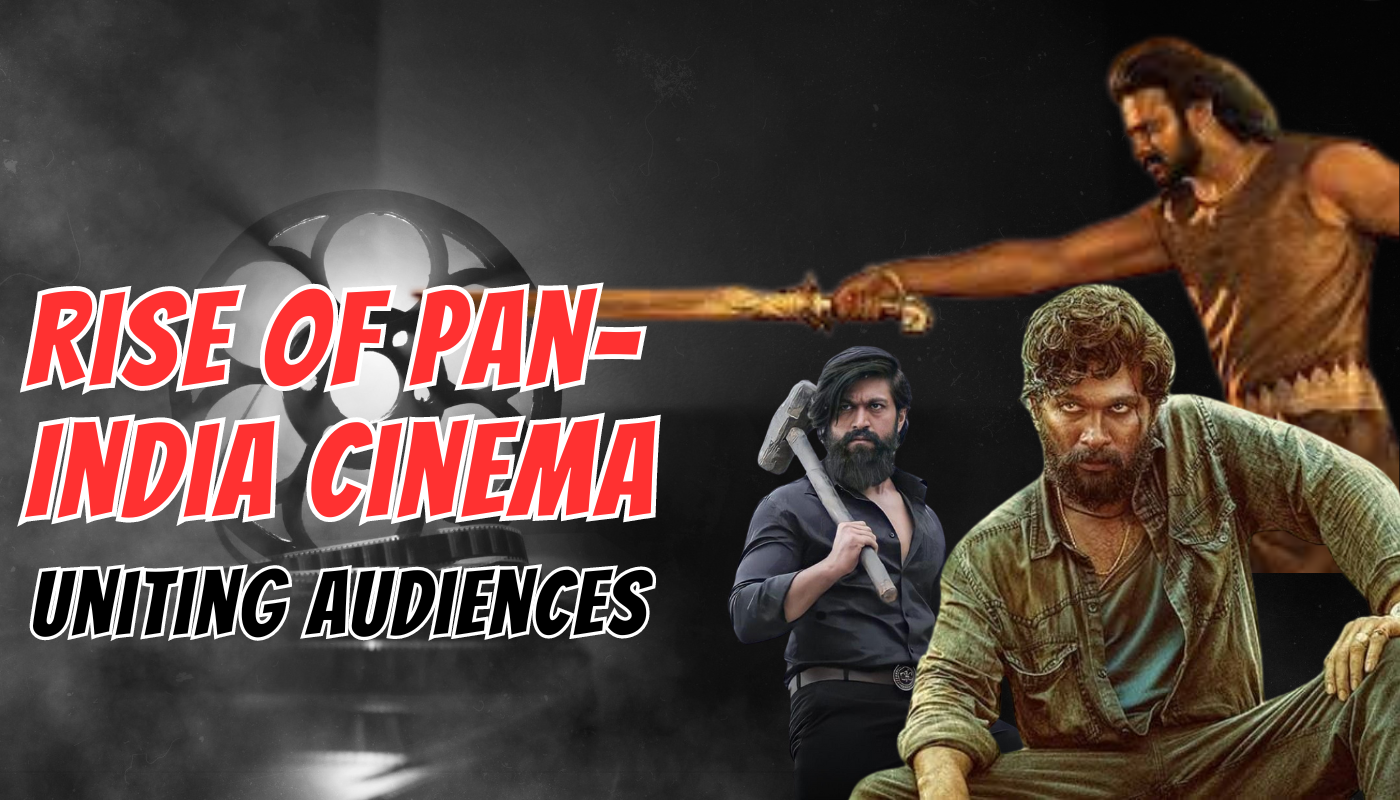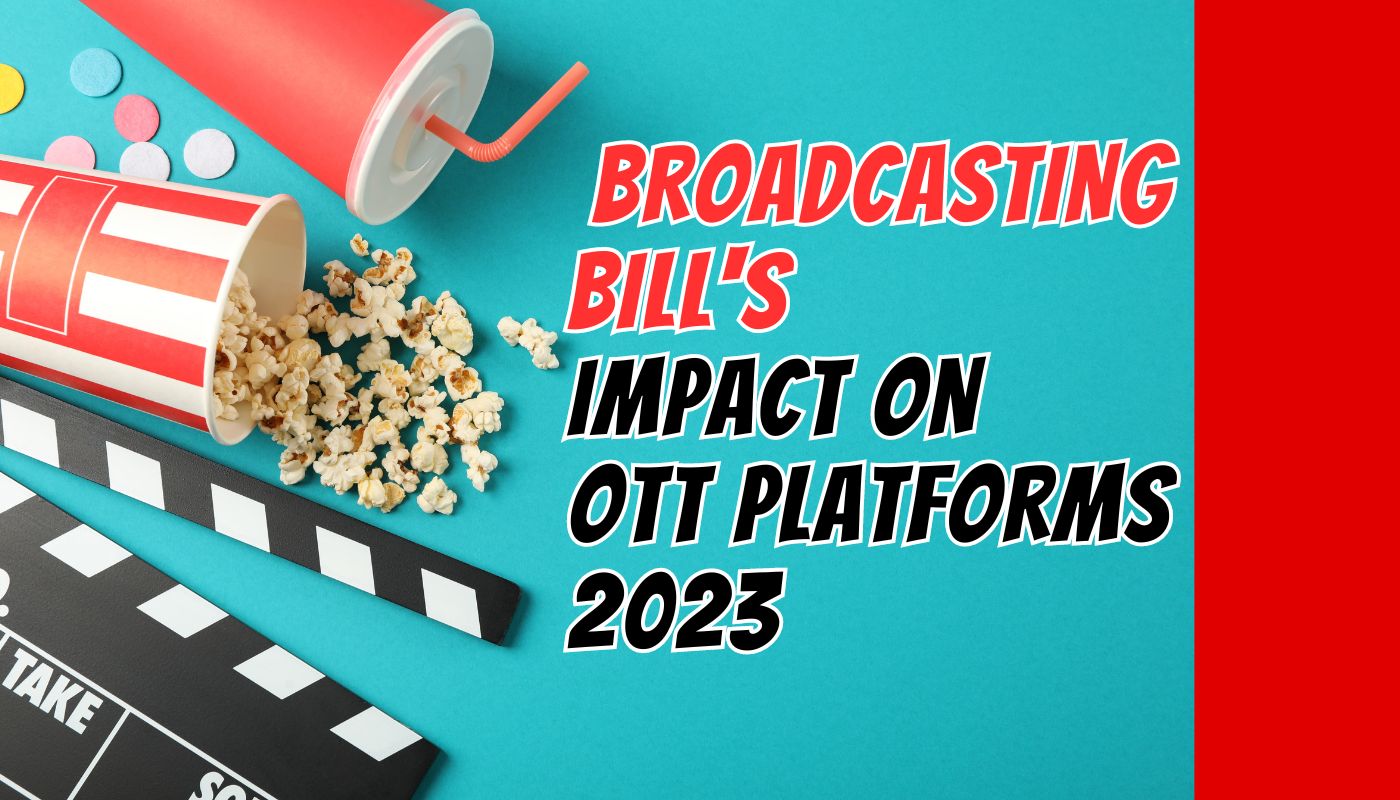Mumbai: In an attempt to analyze the reasons behind the rampant spread of film and music piracy, Businessofcinema.com undertook a research. To that end, we attempted to study the behavior of consumers towards pirated music and movies.
While tons of research has been carried out relating to the colossal losses incurred by the industry, and on the growth of the piracy markets, little has been done to analyze what fuels the growth of piracy. A study by Ernst & Young India suggests that the Indian entertainment industry loses as much as $ 4 billion and 800,000 direct jobs each year due to counterfeiting and piracy.
In an industry where every little tickets sold helps decide the line between a flop and a hit, losing $ 4 billion simply doesn’t help. Also, it is not that no efforts have been undertaken to counter piracy. We have seen considerable amount of raids over the last few years, with piracy equipment being seized and lawsuits being thrown at individuals promoting piracy. But barring these cursory actions, no unified measure has been taken by the Indian film Industry.
In a quantitative survey of hundred respondents, followed by a qualitative in depth interview with a few selected respondents, it was found that 95% of them believed that movie and music piracy was spreading rapidly. And the primary reason for this growth was cited by most respondents to be the multiple mediums that offer pirated content. In addition to the traditional VCD and DVD platform, pirated content is now being made available on the Internet as well; with more websites and blogs popping up each passing minute.
Availability and accessibility is another issue that seems to fuel the spread of piracy. Where DVDs and VCDs are made available in nooks and corner of every city, gaining access to online portals offering pirated content is not that difficult either. A simple search for a movie followed by "Watch Online" or "Free" provides over a hundred results.
In addition to this, many local cable operators lay hands on the latest pirated films and screen the same for their subscribers. This is more rampant now with the introduction of many DTH operators and the need to maintain subscribers from switching to that. Another area revealed by the research highlights the use of legal portals to download posts with the use of free software made available on free download sites.
Through the research it was also learnt that a majority of respondents believed that the transfer of pirated movies and music happens within spaces such as homes, offices, schools and colleges. A majority of 65% stated home and office spaces as areas where they perceived the transfer to occur most likely.
It was startling to learn that although 66% of the respondents considered the quality of pirated goods to be inferior in comparison to the originals, 89% of them have still knowingly or unknowingly used, seen and shared pirated music and movies. Of these, 62% stated that they are well aware of people and themselves exchanging pirated versions of music and movies.
This boils down to the reason for the rampant proliferation, regardless of the awareness being spread. Respondents seem to prefer pirated content despite the poor quality of music and movies they provide. While respondents dislike the fact that pirated goods are so easily available (69%), they choose to succumb to it for different reasons:
Price: 84% of the Respondents stated that price played a crucial factor with respect to deciding whether or not to buy an original version of the music or movie; including watching the film in the theatres. While a film playing in the theatre comes at an average cost of Rs. 100, the pirated version of the movie is available from as low as Rs. 15, and free if viewed online. Similarly, while a music CD is priced at an average cost of Rs 150, MP3 versions of the latest movies are available round the corner for Rs. 20, and free online. This huge discrepancy in the money spent is seen as the biggest advantage to movie pirates.
Content: The content of the film/music was seen as a decisive factor, when it came to deciding whether or not to watch the movie in a theatre or to buy the original score. The respondents stated that irrespective of the fact that a big star cast was present in the film, the content of the film mattered and a positive word of mouth (56%) would get them flocking to theatres. Validating the finding, a respondent stated, "Star to an extent is an assurance that the movie will be of good standards. Earlier I was reluctant to watch movies which had no stars. But post Iqbal, Bheja Fry, Wednesday – I am beginning to watch and enjoy such films."
It can be inferred that although heavy publicity can draw audiences to the theatres, a lack of positive word of mouth results in lower ticket sales. This phenomenon is not new. Poor content leads to a boost in the sale of pirated films, which is already made available by movie pirates, further fueling their business.
This, coupled with the availability of time for individuals to watch a movie in the theatre, stands to fuel the growth of piracy. Another respondent stated, "Why would I want to watch a movie in the theatre or even buy music when I can do the same sitting at home for a fraction of the price. I neither have the time nor the kind of money to spend."
Yet another classic view was shared by a respondent who stated, "I love watching movies, including all the dumb ones. But no way am I going to pay Rs. 200 to watch dumb films when I can pay Rs. 10."
Availability, Efficiency, Censorship: The availability of pirated movie and music is on a tremendous rise. One could sit to debate it, but irrespective of that the same are available on multiple platforms. Gaining access to them has become a lot easier than before. Home delivery, roadside stalls, private individuals, portals, P2P all act as platforms for the exchange.
Another prime reason for the rampant spread is the fact that Hollywood and world cinema films released in India are subjected to censorship, while the pirates offer uncensored versions at a fraction of the cost. The time element is also beaten with piracy. While Hollywood films see a deferred release in India, the DVDs are made available almost instantly.
The entire piracy arena is seen to be supported due to the ease of functioning. A consumer is easily able to procure and consume the content without having to think on decisive factors like price and content. It is almost as if the cost of procuring pirated music or movie justifies the actions.
A respondent said, "Many of the foreign films are still not available in the market. The only way to get them is either by ordering on Amazon which is way too expensive or to buy from your neighborhood pirated DVD vendor. Then there are Indian Original DVDs where they chop off many vital scenes just because there is some nudity. Why will I buy an original DVD?"
There are films which may not lure me enough to go to the theaters, but I won’t mind seeing it at home the same weekend. In such cases non-availability of original DVDs and easy availability of pirated stuff at an attractive price incentivizes me to buy into it or make me download it free of cost. To be honest, I don’t even think that I am doing anything wrong by watching pirated movies."
The lack of any streamlined action, along with what seems like unjustified pricing of tickets in relation to film and music content, seems to be the major problem. This coupled with censorship and growth of multiple mediums that act as piracy facilitators also stand to hamper.
Perhaps it is time that the industry opened itself to the idea of combating piracy on the same platforms it functions on, in addition to laying down stringent rules and a unified action.



